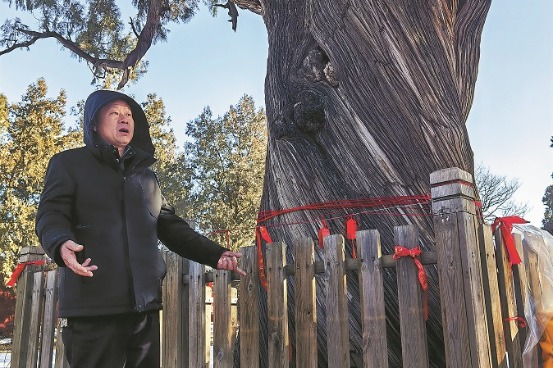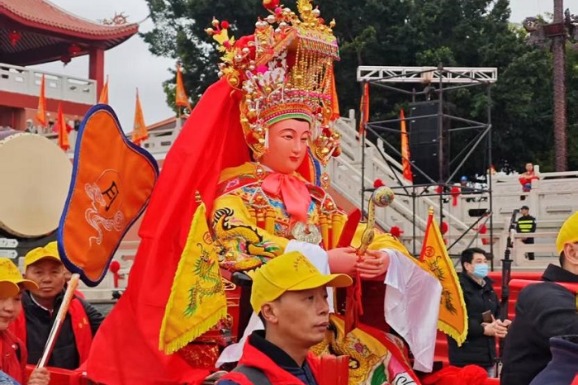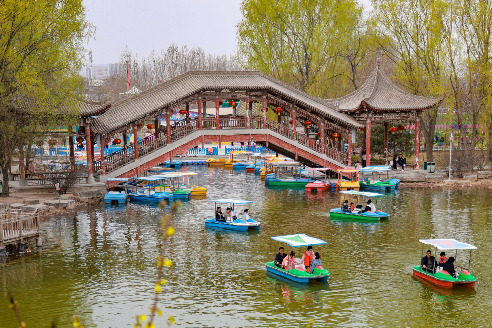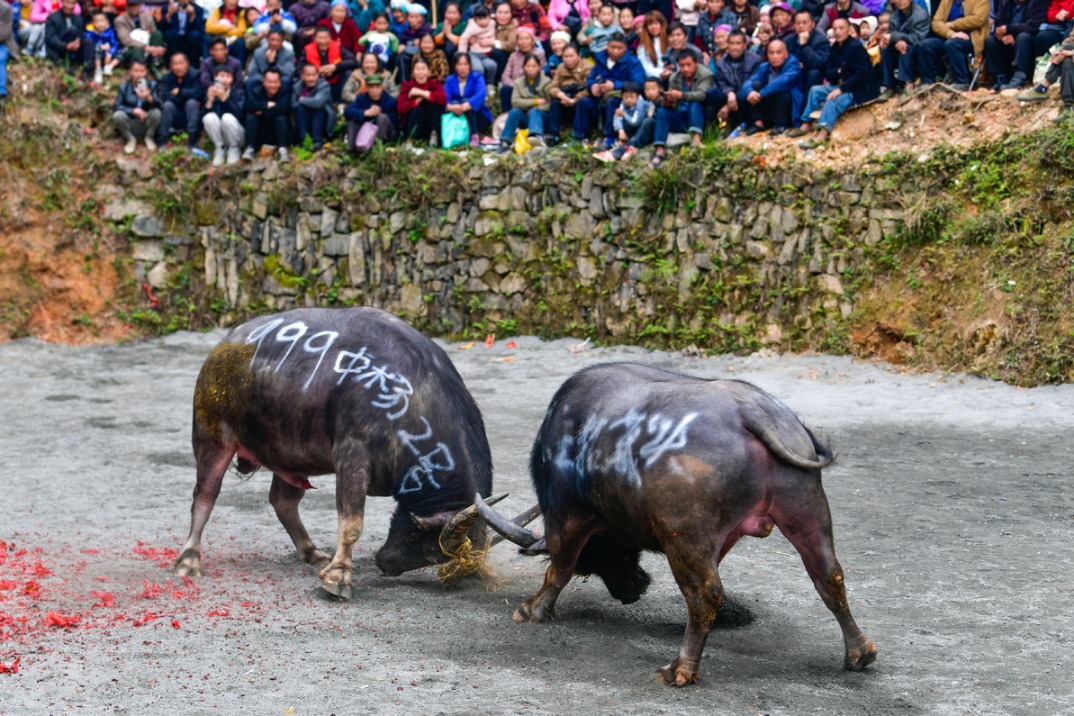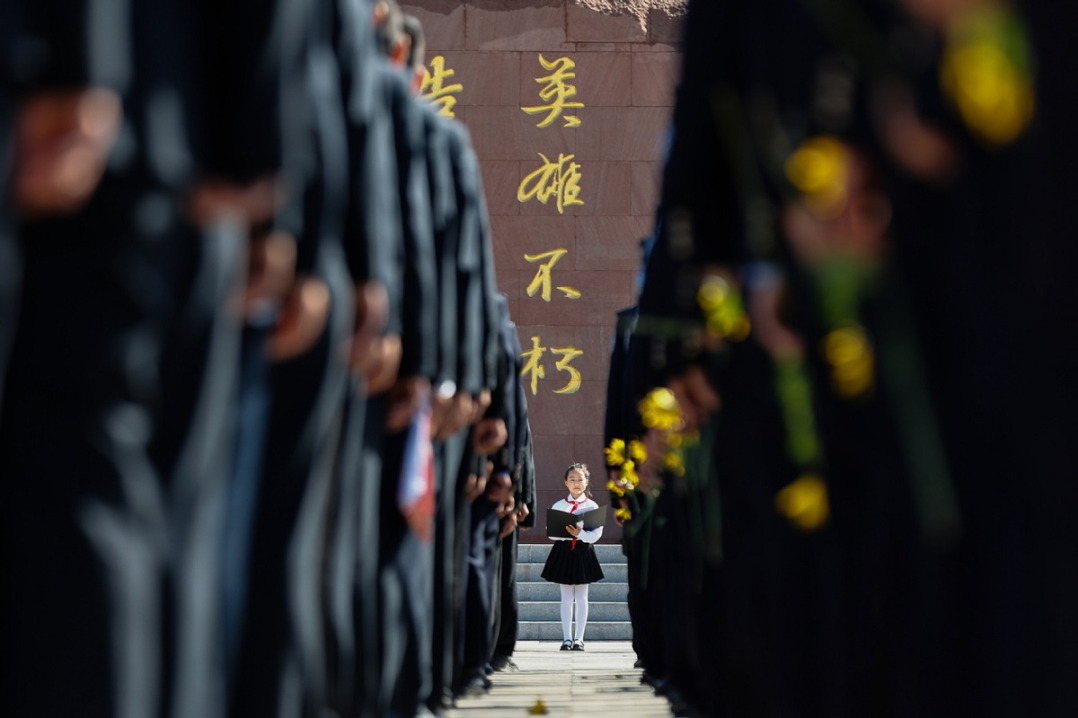Fairness sought for relic sites, farms
Notice coordinates protection of large-scale archaeological areas, agricultural activities

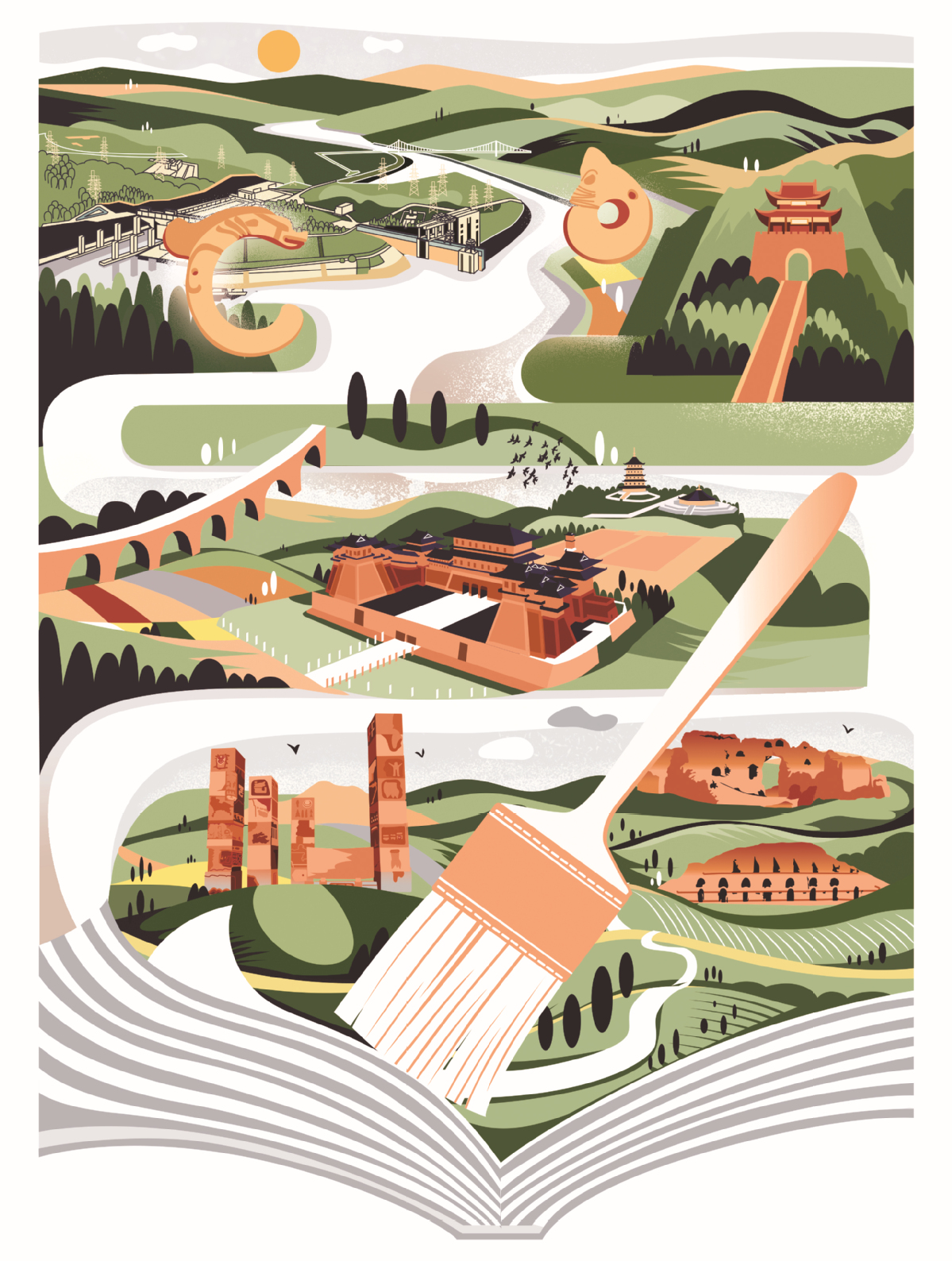
Magnificent large-scale archaeological sites such as expansive settlements, city sites, palaces and mausoleums reflect various development stages of ancient China and bear witness to the country's million-year hominin activity, over 10,000 years of cultural history and more than 5,000 years of civilizational history.
They contain profound historical information regarding politics, religion, military affairs, technology, industry, agriculture, architecture, transportation and water conservancy.
The 3,300-year-old Yinxu Ruins in Anyang, Henan province, for example, is where oracle bones inscribed with the earliest-known Chinese writing system have been discovered. It served as the first documented capital site of the late Shang Dynasty (c. 16th century-11th century BC), verified through archaeological efforts and jiaguwen (oracle bone inscriptions).
In Hangzhou, Zhejiang province, the Archaeological Ruins of Liangzhu City, which date back around 4,300 to 5,300 years, feature a highly developed water conservancy system that is believed to be one of China's earliest. Both locations are UNESCO World Heritage Sites.
With significant research value and far-reaching social influence, the country's numerous large-scale archaeological sites have constantly been given priority in terms of their excavation, conservation and utilization. Such long-term endeavors require the cooperation of multiple sectors and have been tests of wisdom, patience and negotiation.
In December, the general offices of the National Cultural Heritage Administration, the Ministry of Natural Resources and the Ministry of Agriculture and Rural Affairs jointly released a notice on strengthening the planning and land use assurance for the protection of large-scale archaeological sites.
On the basis of a series of existing documents concerning large-scale archaeological sites, the notice provides additional national guidance to coordinate their preservation and utilization, and agricultural production and rural development.
Chen Xingcan, a researcher at the Institute of Archaeology of the Chinese Academy of Social Sciences, said that large-scale archaeological sites are often covered by production and living facilities. The excavation, protection and display of these relic sites often involve adjustments to the land status and the acquisition of construction land quotas.
In China, the firm commitment to securing a red line of 120 million hectares of arable land can sometimes lead to conflicts between archaeological excavations and requirements for protecting farmland, as well as the construction of high-standard farmland.
Chen, a former head of the CASS institute and the Yinxu Museum, said that the Yinxu Ruins are located in an urban-rural fringe area. These expansive sites, along with the under-construction Yinxu National Archaeological Ruins Park, involve complex land scenarios. The excavation at the Yinxu Ruins, led by his institute, has sometimes been affected by disputes over permanent basic farmland.
He added that the notice can facilitate negotiations in addressing issues like this and help advance archaeological efforts.
According to the document, appropriate adjustments can be made to permanent basic farmland within the protection area of large-scale archaeological sites based on comprehensive investigation and evaluation, and under the premise of ensuring that the quantity and quality of arable land and permanent basic farmland is not reduced.
Once the preservation and utilization of large-scale archaeological sites requires the use of arable land, a balance between occupation and compensation should be implemented in accordance with laws and regulations.
The notice also points to the need for planned agricultural production activities, such as the construction of high-standard farmland, to choose locations that avoid immovable cultural relics as much as possible.
In its appendix, the notice lists the first batch of 36 key large-scale archaeological sites across the country — including the Yinxu Ruins and the Archaeological Ruins of Liangzhu City — while noting that other national-level cultural heritage sites under key protection, such as ancient ruins and tombs, may refer to the notice for implementation.
For these 36 sites with extraordinary significance and need of land use for protection or for building national archaeological ruins parks, the notice said the National Cultural Heritage Administration and the Ministry of Natural Resources will be involved if the need for new construction land cannot be ensured at regional and provincial levels.
Where permanent basic farmland has not yet affected large-scale archaeological sites, agricultural activities that balance cultural heritage preservation and sustainable agricultural development can be conducted, the notice said.
It also supports village communities located within the protection areas and construction control zones of large-scale archaeological sites to enhance rural landscapes, improve the living environment, develop low-carbon industries and integrate the protection and sustainable development of cultural heritage into the undertaking of rural vitalization.
Li Qun, director of the National Cultural Heritage Administration, told China Daily that in recent years, great achievements have been made in the preservation and utilization of large-scale archaeological sites, with the focus of protection rapidly shifting from rescue efforts to preventive and proactive measures.
Since 2021, a total of 224 proactive excavation projects at large-scale archaeological sites have been implemented, along with 900 cultural relics preservation projects. So far, the country has established 135 national archaeological ruins parks and potential project units, with 184 archaeological site museums. Among them, 55 national archaeological ruins parks have received around 200 million visits since 2021.
Li added that to meet the demands of high-quality development in the new era, further efforts are needed to promote the coordinated development of cultural heritage preservation with territorial spatial planning management, as well as agricultural and rural development.
He said the notice aims to effectively ensure the alignment between large-scale archaeological site protection plans and territorial spatial planning, coordinate the allocation of land for cultural heritage protection and permanent basic farmland, harmonize cultural heritage protection with the construction of high-standard farmland, and integrate the protection efforts with rural vitalization.
- Fairness sought for relic sites, farms
- Report medical insurance fraud, receive reward
- Standards aim to make home appliances senior-friendly
- China's Antarctic research achieves several firsts in latest expedition
- Company builds recycling system to aid data security
- Support to boost preservation at prehistoric ruins
















